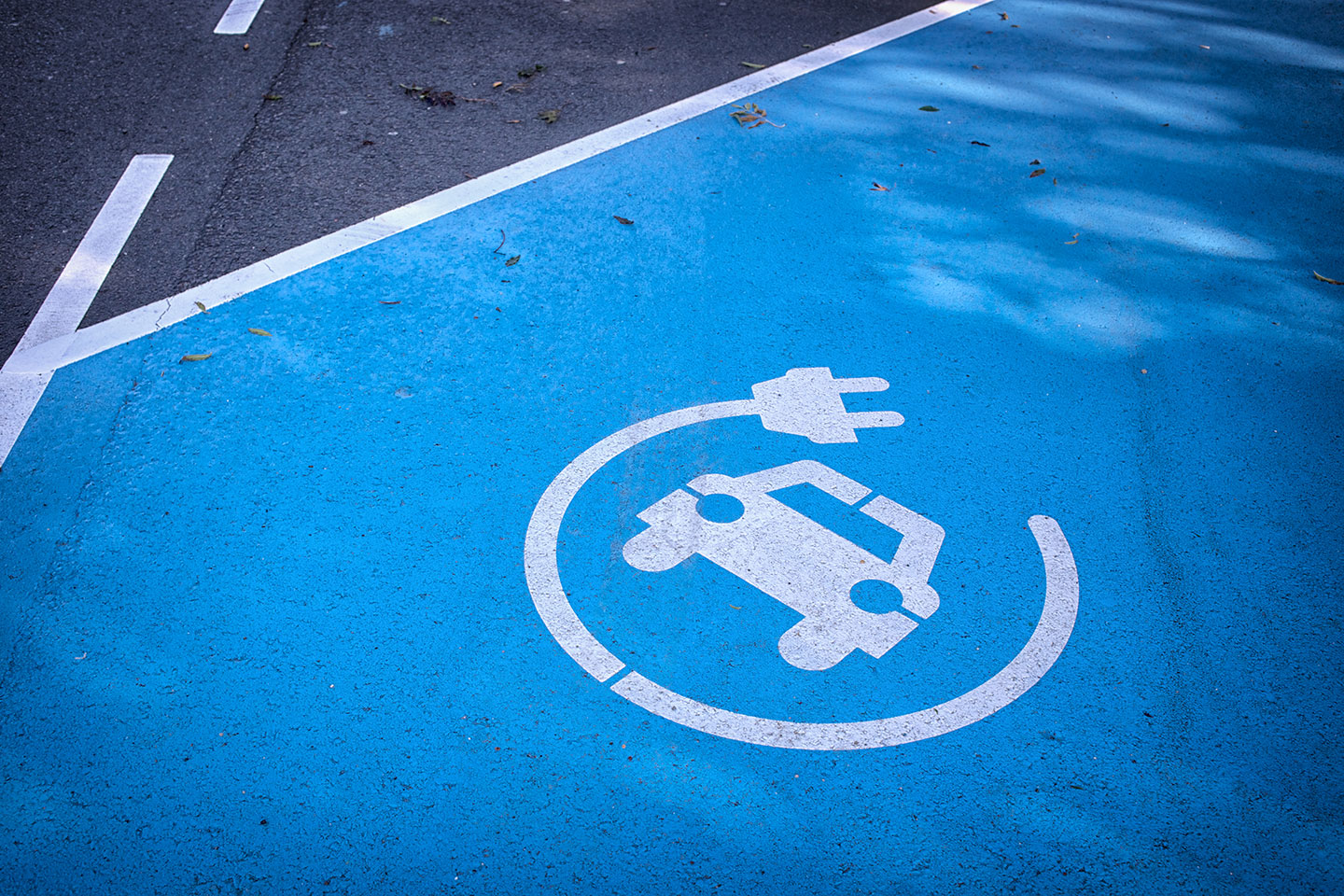When Dyson, the company famous for its vacuum cleaners and high-priced blade-less fans, announced plans to set up an electric car factory in Singapore many – myself included – were sceptical.
For the venture to succeed the firm would have had to overcome immense challenges.
So it is with the little surprise that about a year later came the news that, despite the support of its billionaire founder and the commitment of substantial resources, Dyson had decided to scrap the project.
In an email to staff, James Dyson, the head of the firm, said that whilst its engineers had developed a “fantastic electric car” they had not found a way to make it commercially viable.
Whilst there is certainly growing demand for “clean” electric vehicles (EVs) globally, any new entrant to the industry faces stiff odds.
Yet carmaking itself may also be on the wrong side of history, going against some of the so-called megatrends reshaping our world.
One of these is urbanisation: more people are flocking to cities.
By 2018, according to one estimate, 58 per cent of China’s population and 33 per cent of India’s lived in cities, a huge surge compared to 30 years ago when the figure was closer to a quarter.
The infrastructure in these urban centres, especially roads, however, is cracking under the weight of expanding populations, leading to pollution, congestion and the sub-optimal use of limited land, among other issues.
While several cities in Asia have tolerated the headache of traffic gridlock over the last couple of decades, many federal governments and city administrators are now devoting greater resources to tackle this scourge through the development of accessible, affordable public transport.
Over the last two decades, cities such as Beijing, New Delhi, Mumbai, and Singapore have witnessed the enhancement of public transport networks in the form of more extensive metro rail lines with wider coverage and better connectivity.
New rail networks and feeder bus options are sprouting up in cities like Jakarta and Kuala Lumpur.
Ownership restrictions
At the same time, many cities are driving down the benefits of having a car by imposing restrictions on car ownership, curbs on when and where cars can be driven, and additional charges on usage in the form of tolls or parking charges.
Since the utility of car ownership and usage in a city is inversely related to these restrictions and how extensive the public transport network is in the particular city, these trends do not bode well for car sales.
Cars are an aspirational product whose value goes well beyond the utility they provide as means of transport.
However, even many aspirational users will recognise that at some point the additional costs – tolls, parking, depreciation, fuel, road taxes to name a few – and inconvenience simply overwhelm the value of owning a set of wheels.
Another headwind facing the car industry includes changes in consumer attitudes and behaviours, especially that of millennials.
While past generations (of which I am a representative) attached high value to owning assets (like a home, a car, the music they listen to), millennials seem to have no qualms about renting.
Sharing economy
This is evident in the emergence of a sharing economy with new concepts such as co-living and shared rides growing in popularity, as many young people shun car ownership in favour of ride-hailing services such as Grab.
Though the drivers of ride-hailing services (or the companies renting vehicles to them) buy cars, the numbers are going to be much lower than a scenario where a good proportion of users of the services bought their own cars, as was the case a decade or two ago.
Climate change is another key concern of millennials which might turn them away from personal transport that contributes to carbon emissions, including electric cars (which cause lower, but not zero, pollution).
Finally a third important trend, which can become a headwind for the car industry, is the emergence of new business models, as the world shifts towards a subscription economy and pay-per-use lifestyle services, even in private transport.
In June this year, Mercedes expanded its car subscription service to a third city (Atlanta) in the US.
The company also noted that its car subscription service has been “an especially fruitful programme at attracting younger customers and those who have never owned a Mercedes”.
For now, car subscription prices remain high, and steady-state costs are difficult to foresee. Yet despite their uncertain profitability, if subscription services become more popular, the volume of car sales will be significantly impacted since any car in a fleet will be shared across multiple subscribers.
In this shifting context, car manufacturers such as Toyota and Hyundai face structural shifts that make their current markets less attractive for the foreseeable future.
Until recently torrid growth in emerging markets had compensated for slow growth or even declining sales in developed countries. Yet many prominent developing countries, India and China in particular, are now themselves facing sluggish growth and other challenges, and carmakers may not be able to count on these markets for continued growth.
New challengers
Looking forward it seems that global growth of car sales will be slow if there is any at all.
On top of this, established car manufacturers are having to face new challengers in the form of EV manufacturers such as Tesla, BYD and Nio, deal with overcapacity in the traditional car business, manage phasing out overcapacity over time, and spend resources on researching and developing new technologies such as autonomous cars.
Electric cars, a segment of the car market, will suffer from these same three megatrends. Nobody can tell who the winners in the EV race are but the likelihood is that it will be dominated by a few players.
Potential EV entrants are pumping in investments and taking on uncertainty for what will probably be a shrinking market. Many will be shaken out whilst few will have the needed acumen, distribution networks and resources.
Incumbent car manufacturers, like Toyota and Hyundai, face better prospects if they make the transition to electric. Tesla has a reasonable shot, despite their financials, but having launched in 2003 they already have a considerable headstart. Starting in 2019 would be a different proposition.
One might wonder what the outlook is for car ownership in Singapore, which has been a peculiarity since the introduction of the Vehicle Quota System and Electronic Road Pricing (ERP).
Despite the high costs of car ownership and usage, there has been a strong demand for cars in Singapore because of the convenience personal transport offers and the aspirational nature of car ownership.
But going forward, Singapore will reflect the global trends in car ownership and usage as well, because of several reasons.
First, the expansion of ride-hailing services will erode the incremental convenience of owning a car.
Second, while usage costs were comparatively low in the past because ERP coverage had been sparse, a new ERP system based on GPS technology can be vast and pervasive, potentially taxing all usage of personal cars.
Together with planned zero growth or even a decline in the car population, the costs of car ownership will rise significantly.
Third, the continued expansion of MRT networks will offer Singaporeans a cost-effective alternative to personal transport.
While some Singaporeans may continue to own cars, more may move away from car ownership.




